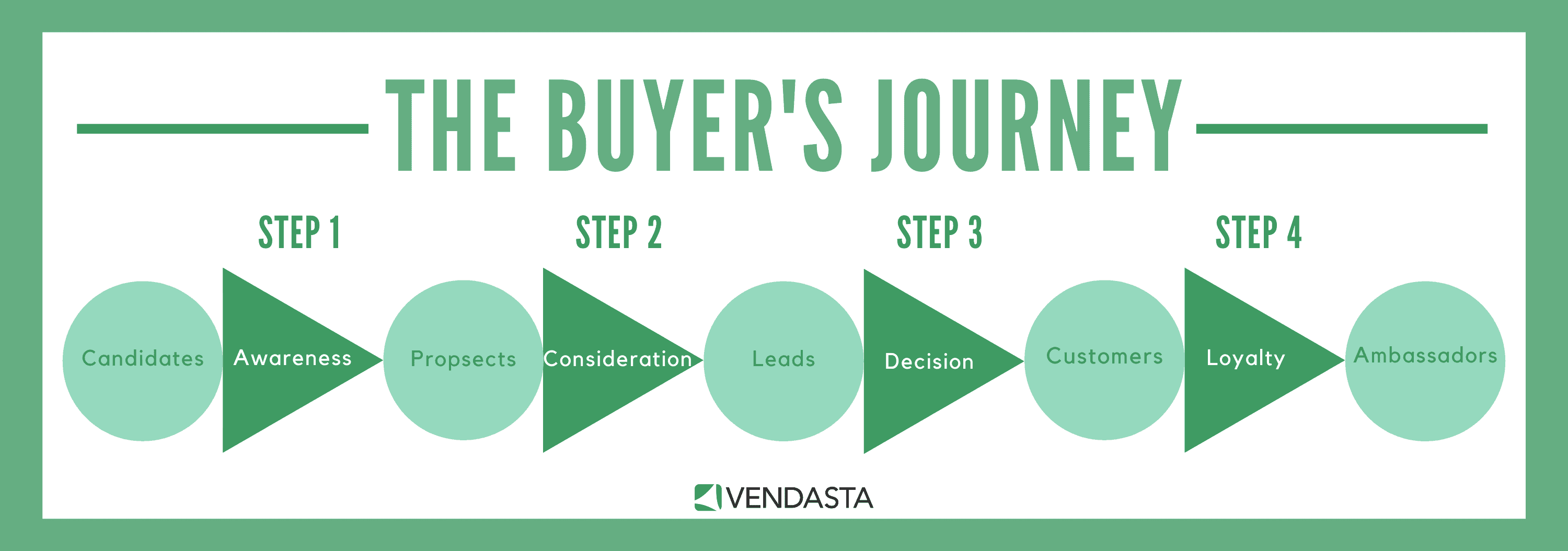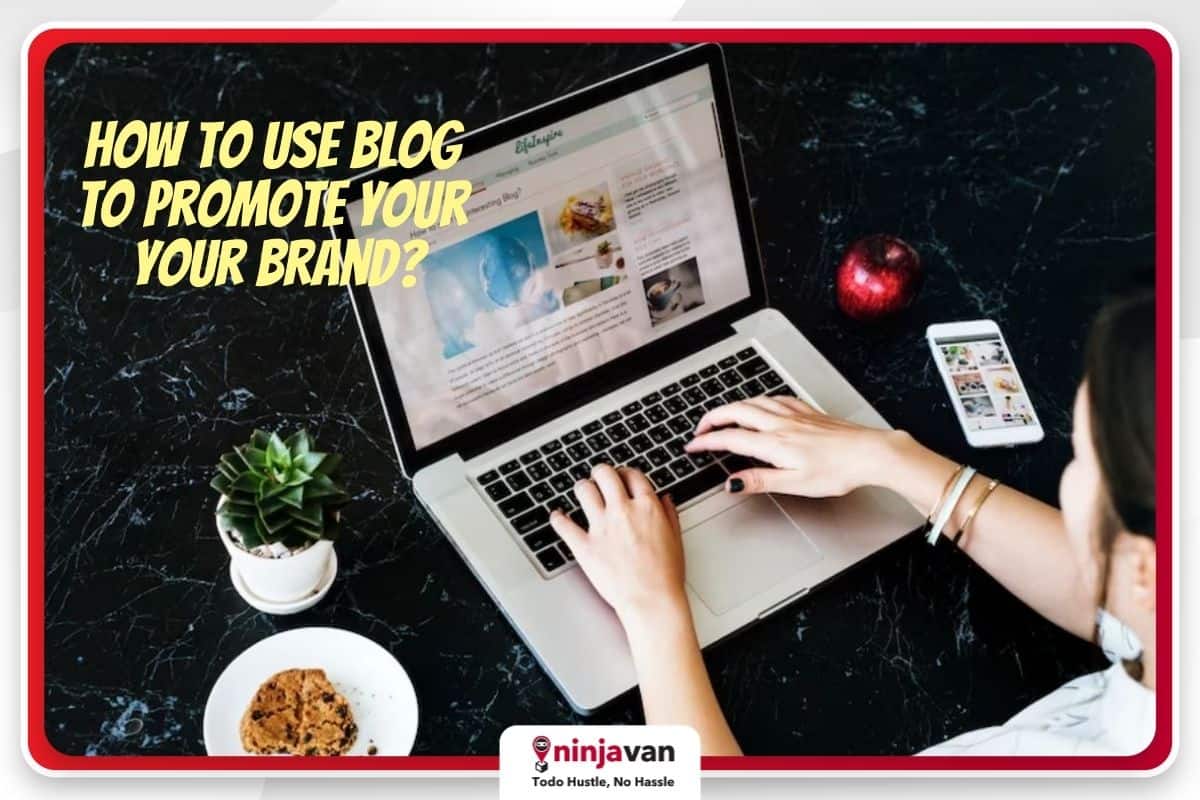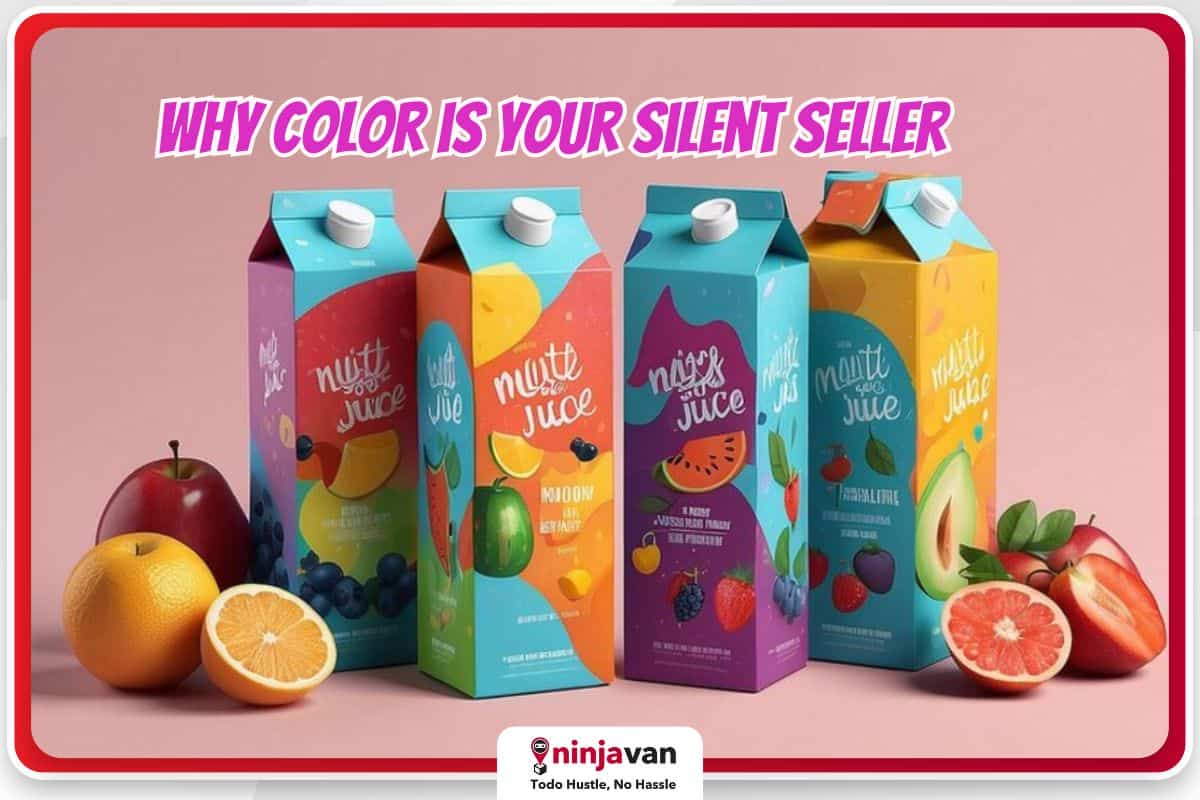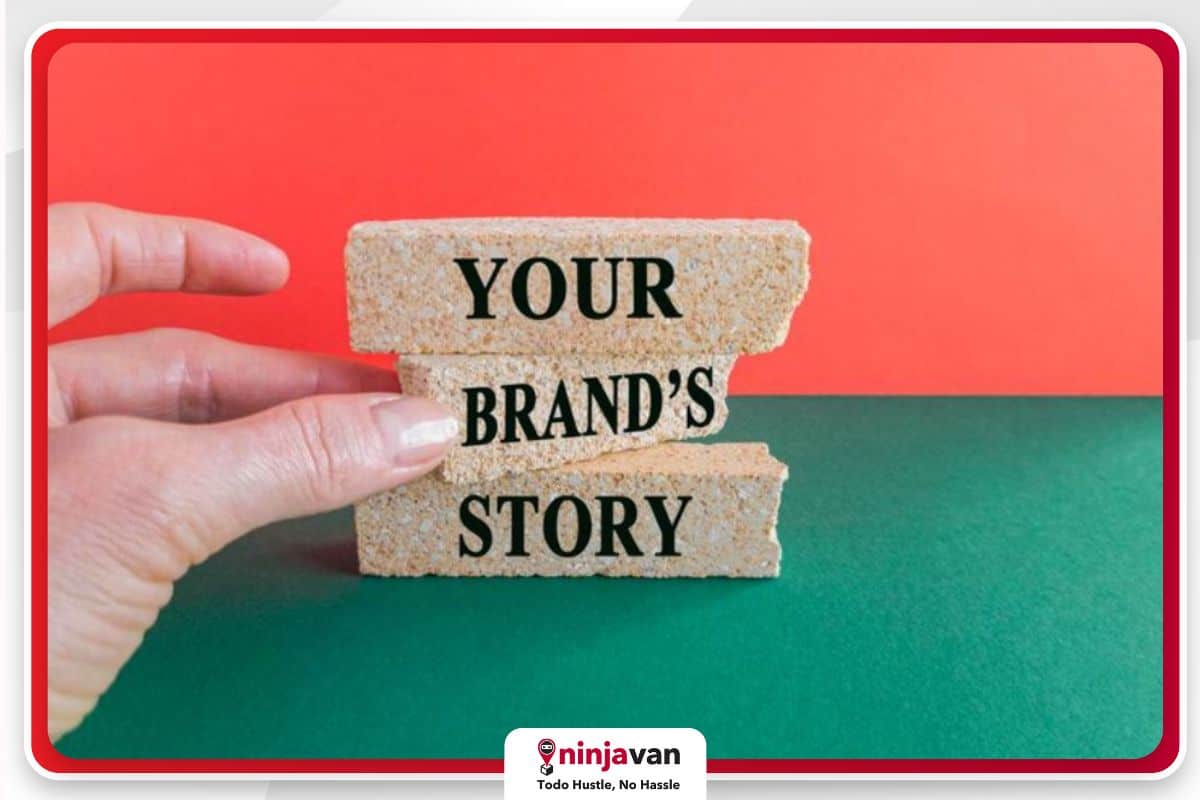Want to drive more traffic to your ecommerce website? A blog is a great way to attract and capture the attention of your target market. For example, when it comes to the fashion and beauty segments, blogs or magazines are the ultimate go-to for trends and inspiration.
There are many reasons an ecommerce blog is a good investment for online brands. For one, quality content is a a major factor so you can rank high on Google when people search for topics or products.
And Filipino online shoppers like to Google. In fact, a high rate of visits to ecommerce sites in the Philippines came from organic search. Filipinos typically visit 6-7 websites before making a purchase decision, which means search engine optimization (SEO) is crucial.
What is an ecommerce Blog?
An ecommerce blog is an online platform created and maintained by a brand or company within the context of their ecommerce website. It’s designed to provide valuable content, information and insights related to their products, industry and target audience.
This blog serves as a strategic marketing tool to:
- Engage with customers
- Build brand authority
- Drive organic traffic, and
- Increase sales
How? By offering informative articles, product guides, reviews and other relevant content that educates and inspires potential and existing customers about the brand’s products or services.
If done well, a blog can strengthen your brand and make you an expert voice in your niche. For example, create articles about skincare and self-care if you’re selling beauty or wellness products. As such, it can help you build a community and nurture customer loyalty.
If you want to establish your brand voice through your ecommerce blog, take time to study how other more established brands tackle issues relevant to their audiences.
#NinjaTip: Your ecommerce business needs a reliable partner. Become a Ninja Van VIP shipper and enjoy special shipping rates, rebates and big rewards that will help cut your operational costs and grow your business even more!
Ecommerce blog tips for brands
Creating an effective ecommerce blog for your brand is crucial for engaging your target audience and driving sales. To help you get started here are useful tips to help you achieve success.
1. Know your audience
Of course, the first thing to do is to understand your target audience’s preferences, interests and pain points. Then tailor your blogs to address their needs and solve their problems.
This would be a great way to introduce your products without sounding pushy.
2. Have an editorial calendar
Create and follow an editorial calendar that sets the theme for every week or month. This lets you plan your content in cycles so you don’t suddenly run out of topics to write about.
With an editorial calendar, you can also map your content to relevant seasons and events. For example, you might have a summer theme in May and festive celebrations in December. Come up with story ideas for these themes and identify which of your products to highlight in your article.

topics and posting dates.
Also maintain a consistent posting schedule to keep your audience engaged and returning for fresh content.
3. Create high-quality content
In relation to your editorial calendar, don’t just write about topics that come into your head. Make sure to prioritize well-researched, informative and well-written content.
Strive to provide value to your readers and establish your brand as an authority in your niche. This will entice readers to check out your products, because they trust what you’re telling them.
4. Follow consistent branding
Make sure that your blog aligns with your brand’s identity by using consistent colors, fonts and imagery. This helps maintain a cohesive online presence so it’s easier for your audience to identify you.
To achieve this, it helps to have your own brand style guide. Think of it as a personality that reflects your brand and gives its a signature look.
#NinjaTip: If you don’t have brand guidelines yet, now may be the perfect time to set them! Indentify your brand colors and aesthetics that will give you a strong brand identity.
5. Follow a user-friendly design
Make your blog easy to navigate and visually appealing to readers. Use a responsive design to ensure it looks good on both desktop and mobile devices.
As more users are now using their phones to browse online, it’s important that your blog is easily visible and navigable on mobile. Don’t make them zoom in and out of the screen to read your content.
For this part, you’ll need the help of a good website designer. But there are blogging platforms and blog builders online that you can explore. More on that later in this article.
6. Divide your content into categories
A good blog site comes with sections or categories. The key here is to identify your target market’s areas of interest and how they align with your brand.
It’s also important to clearly define the content of each section from the start, so you can assess story ideas based on whether or not they fit in.
You can create sections by segment to match your products (e.g., lifestyle, beauty, fashion) or by topical themes (e.g., trends, personalities, hot topics). Find out what resonates with your target audience — which brings us to the next tip…
7. Monitor analytics and user feedback
Monitor your blog performance using analytics tools to track traffic, engagement, and conversion metrics. Some tools you can use include Google Analytics, Google Search Console and HubSpot Marketing Hub (this last one you have to pay for)
Pay attention to your blogs with high traffic and keyword rankings. These are the types of content that interests your audience.
Also monitor your readers’ comments and feedback to continually improve your content and user experience.
8. Include engaging visuals
Don’t bore your readers with too many text. Incorporate images, videos, infographics and other visual elements to enhance the appeal of your content and make it more shareable.
You can also use pull quotes. A pull quote is your chance to attract readers’ attention to a story. It should drop hints to draw the audience in, but retain enough mystery to convince them they have to read the article.
Online readers have short attention span, so make your blog informative and visual at the same time.

9. Apply SEO
As we metioned at the beginning of this blog, Filipinos heavily search online for information and products. Your blog should appear at the top of Google search results (meaning Page 1 and 2) for better chances of getting traffic.
Implement SEO best practices to improve your blog’s visibility in search engines. Use relevant keywords, optimize meta tags, and create high-quality shareable content.
Here are the Ecommerce SEO Best Practices You Need to Know.
10. Promote social sharing
Include social sharing buttons on your blog posts to encourage readers to share your content on their social media platforms.
At the same time, share your blogs in your social media accounts. Think of unique ways to engage and entice readers to click on the blog links. Like using click-bait titles, short animation or intriguing captions.
Check out these AI Writing Tools You Can Use to Create Creative Captions.
Filipino online shoppers like to Google. In fact, a high rate of visits to ecommerce sites in the Philippines came from organic search.
11. Integrate email marketing
Another way to promote your blog is through e-mail marketing. Build an e-mail subscriber list by offering valuable content incentives. Use email marketing to notify subscribers of new blog posts and special promotions.
And because we’re your go-to blog for all things ecommerce, we also have these Email Marketing Tips and Strategies for your business.
12. Tell stories about people, not just products and trends
You might be tempted to treat your blog like a product catalog or a marketing brochure, but don’t — you have your online shop and social media accounts for that.
After all, there’s a reason Filipino brands invest so much in tear-jerking ads. It’s because they harness the power of storytelling to draw in audiences. You can include interviews or feature your own customers by turning their testimonials into stories. Let the world know how your products made them happy!
You want to draw people to your brand through your blog. Once they’re on your blog, you can pique their interest with more stories and helpful articles, and nudge them further on the buyer’s journey until they make a purchase.

5 best platforms for e-commerce blogging
There are several popular blogging platforms available, each with its own set of features and advantages. Here are five of the best platforms for blogging, considering various needs and preferences:

WordPress.org – WordPress.org is a self-hosted platform that offers unparalleled flexibility and customization options. It’s the most popular choice for bloggers and website owners worldwide, providing access to thousands of themes and plugins to enhance functionality and design.
Blogger – Blogger is a free platform owned by Google that is user-friendly and great for beginners. It offers hosting, a variety of templates, and easy integration with other Google services. However, it may have fewer customization options compared to self-hosted solutions.
Medium – Medium is a platform known for its clean and minimalist design. It’s ideal for writers who want to focus solely on content creation without the complexities of managing a website. Medium has a built-in audience and offers a revenue-sharing program for select writers.
Wix – Wix is a user-friendly website builder that also offers a blogging feature. It’s an excellent choice for those who want an all-in-one solution for creating a website and blog without much technical expertise. Wix provides a range of templates and customization options.
Squarespace – Squarespace is a platform known for its beautiful, professionally designed templates and user-friendly interface. It’s suitable for bloggers who prioritize aesthetics and want a polished, modern website. Squarespace also offers ecommerce capabilities for those selling products alongside their blog.
The choice of blogging platform depends on your specific needs, technical expertise, budget and design preferences. WordPress.org is highly recommended for those who want full control and customization options.
Meanwhile, platforms like Blogger and Medium are great for quick and easy blogging. Wix and Squarespace offer an appealing balance between user-friendliness and design aesthetics.
Try these ideas for your ecommerce marketing blog
By following these tips, you can create an effective ecommerce blog that not only attracts and retains visitors but also contributes to your brand’s growth and success in the ecommerce space.

customers to your ecommerce site!
You don’t have to implement everything all at once, top. Look through these ideas and figure out which ones you can start applying now.
As you build your ecommerce site’s blog, you can turn to your favorite brands for inspiration, and look back at these tips to see what else you can implement. At the same time, you must have confidence to chart your own course as an ecommerce brand.
More tips to grow your ecommerce business:
The Benefits of Postpaid Shipping for E-commerce
From Storage to Shipping: How Ninja Van Can Boost Your ECommerce Fulfillment
Who are the Pinoy E-Shopaholics and How to Win Them Over






